Fraoch Member
Viking Group, Heather Formation
Unit definition
Name
In the Millenium Atlas the sandstones within the Heather Formation are referred to as 'Munin
Sandstones'. In informal presentations they have been referred to as Oxfordian and Callovian
turbidites.
Derivatio nominis
Name of Scottish ale made from heather. The name is based on the principle of applying the various
Scottish names on ales made from heather for the members within the Heather Formation.
Type well
Norwegian well 35/11-8 S.
Depth 2859-2984 m RKB. WGS84 coordinates N 61°5'25.53", E 3°32'14.85".
UTM coordinates 6773139.14 N, 528987.44 E, zone 31.
Core photos from type well (from NPD)
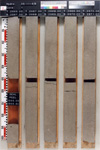
2866-2871 m |
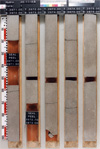
2871-2876 m |
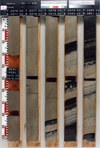
2876-2881 m |
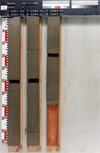
2881-2883 m |
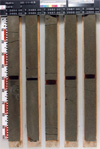
2884-2889 m |
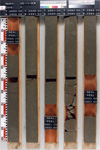
2889-2894 m |
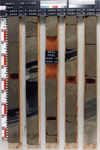
2894-2899 m |
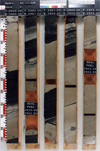
2899-2904 m |
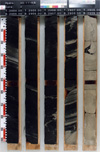
2904-2909 m |
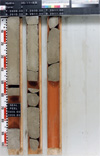
2909-2911 m |
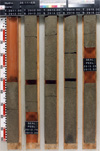
2911-2916 m |

2916-2921 m |
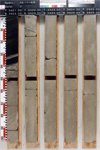
2921-2926 m |
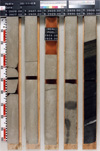
2926-2931 m |
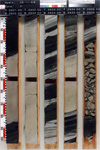
2931-2936 m |
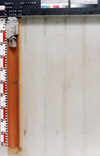
2936-2936 m |
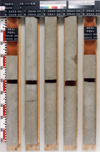
2938-2943 m |
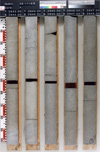
2943-2948 m |
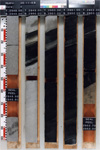
2948-2953 m |
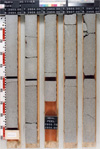
2953-2958 m |
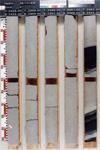
2958-2963 m |
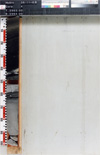
2963-2964 m |
Reference wells
Norwegian well 35/11-9.
Depth 2653 - 2733 mRKB. WGS84 coordinates N 61°3'54.23", E 3°30'06.95".
UTM coordinates 6770298.99 N, 527092.97 E, zone 31.
Norwegian well 35/11-11.
Depth 2580 - 2727 mRKB. WGS84 coordinates N 61°6'31.42", E 3°33'49.08".
UTM coordinates 6775189.73 N, 530381.59 E, zone 31.
Lithology
The Fraoch Member consists of interbedded medium to coarse sandstone and mudstone.
The sandstones occur interbedded with dark grey to black laminated mudstones, often with low density
turbidites organized as heterolthic units of a few meters thickness. In well 35/11-11 the background
sediments consist of grey bioturbated micaceous siltstones and mudstones.
The sandstones are inferred as turbidites, and some key features are shown in the figure below. To the
left is an overview core description with gamma log and grain size scale. The next to the right is a
blow up of the core description. A composite core photograph show the selected interval. The upper
photograph to the right shows multiple turbidite sands separated by thin mud laminae, and soft
sedimentary deformation of upper part of a turbidite sand. The deformation also affected the overlying
mud indicating that the deformation was not related to the deposition of the lower sand but most
likely related to loading effects by subsequent deposition. Most sand units within the turbidite
succession show sharp contacts both at base and top. The selected unit shows indication of waning
energy related to the halt of sand deposition. The origin of the mud clasts near the top is not
evident, but most likely they were brought into the turbidity current by local erosion. A typical
feature of the dark mud intervals are the lamination and thin graded units normally associated with
low density turbidites (lower left photo). Soft sedimentary deformation caused by water escape from
the thick coarse grained turbidite sands are ubiquitous within the succession (lower right photo).
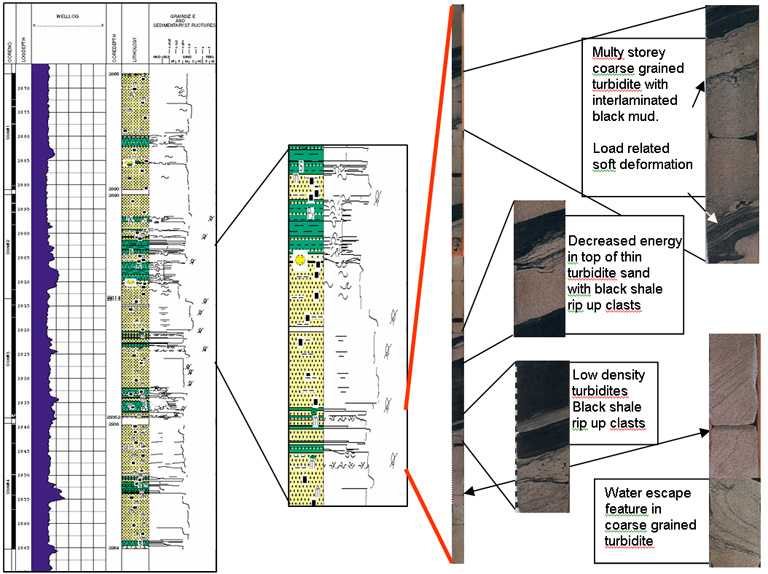
Well 35/11-8 S.
|
Upper and lower boundaries
In the type well the lower boundary shows a sharp transition from dark grey to black laminated
mudstones to medium grained clean sand. The upper boundary in the type well is marked by a sharp
transition from medium grained sand to dark mudstone.
Wireline log characterization
On the gamma ray the base of the Fraoch Member is marked by an abrupt decrease in API from the
underlying higher gamma mudstones. The density log also shows an abrupt upward decrease. The transit
time (DT) shows an upward increase, while there is marked drop in the Neutron response, probably
caused by the presence of hydrocarbons. Repeated box formed lows with variable thickness in the gamma
log separated by high gamma thin intervals characterise the turbidite dominated interval. The top of
the member is characterized by a marked increase in gamma response. The density and the inverse
transit time logs parallel the gamma log.
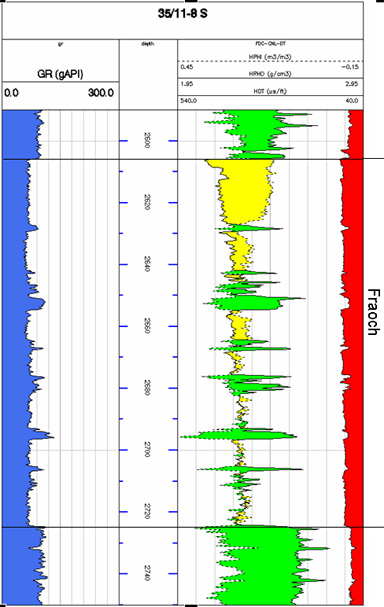
Wireline logs of the Fraoch Member in type well 35/11-8 S.
|
Thickness
80 - 125 m.
Seismic characterization
Age
Callovian to Early Volgian.
Correlation and subdivision
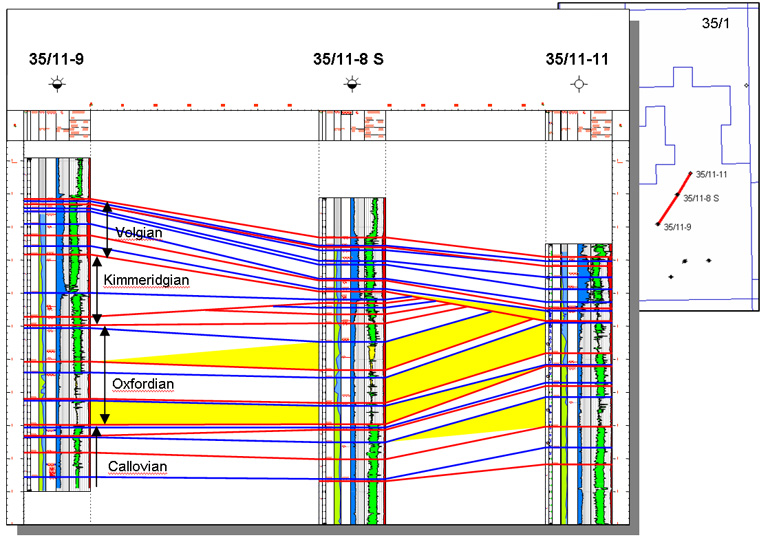
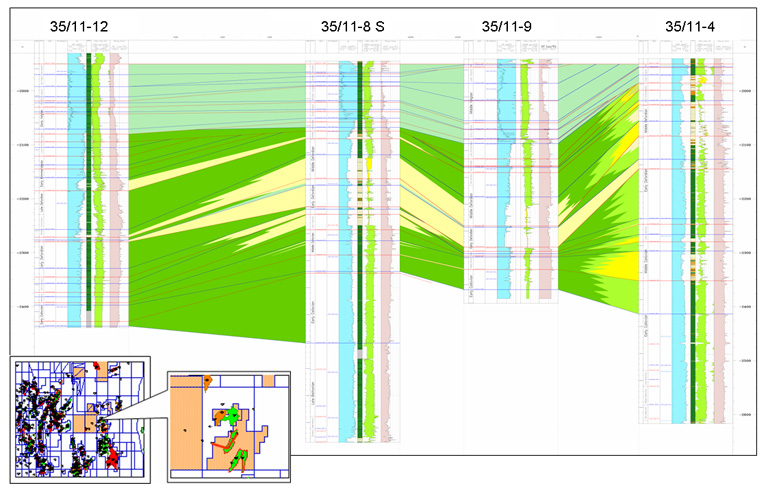
Correlations of the Fraoch Member.
|
Geographic distribution
The Fraoch Member occurs downflank to the Kinna Fault on the eastern part of the Lomre Terrace, in
blocks 35/8 and 35/12.
The sandstones assigned to this member show scattered local development and the name is proposed to be
generally applied to units of deep marine sands within the Heather Formation that were deposited as
gravity flows or turbidites detached from the shoreline along the eastern side of the Sogn Graben and
on the Lomre Terrace.




